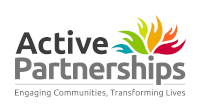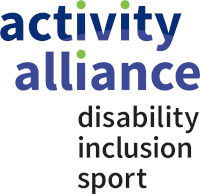Title
Group exercise attendance by demographic data, location and activity
Research Area
Tackling Inactivity
Author
EMD UK
Summary of Findings
This report, produced by EMD, the NGB for Exercise, Movement and Dance, uses data from national YouGov surveys conducted in 2016 (1,468 respondents) and 2018 (1,500 respondents). Data from the ONS has been used in places to allow for a comparison to national figures.
The researchers found that weekly female participation in group exercise classes is significantly higher than male participation (78.4% compared to 21.6% in 2018). There has been a significant increase in 45-54 year olds participating in weekly group exercise with the numbers increasing from 15% in 2016 to 24% in 2018.. Those aged 55-64 were proportionally more highly represented in weekly group exercise participation than the wider population in both years. Conversely those who felt their day to day activities were affected by a health problem or disability were underrepresented.
A greater proportion of people took part in classes at home or virtually in 2018 than 2016 however the top 3 locations in both years were private gyms, leisure centres and local halls. Word of mouth and promotion by the gym/leisure centre remains the most common way of participants finding out about new classes however there was a small increase in both internet searching and social media as a way of finding this information. The three most popular classes in terms of participation were yoga, pilates and indoor cycling/spinning. Demand for classes however is slightly different with yoga and pilates as the top two followed by body conditioning (for current participants) or tai chi (from all those interested in participating).
The main barriers to participation in group exercise classes are focussed around time with the primary reason given being "the classes run at inconvenient times" followed by "work commitments". The third most common barrier is feeling participation is too expensive. The top three motivators are "staying or getting fit", "to lose weight/tone up" and it's fun". Meanwhile the greater influence is the day/time of the class followed by the instructor.
Implications
This insight in to who participates in group exercise is of particular relevance in a post-Covid landscape whereby certain cohorts will be faced with changing how they exercise if they want to stay active. Much of the commentary in the report is aimed an instructors so provides useful insights in to possible ways to increase participation amongst underrepresented groups.
.png)













